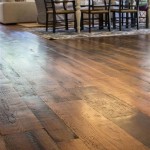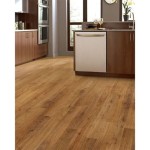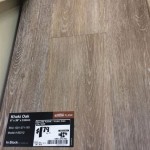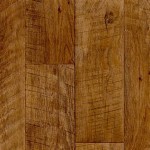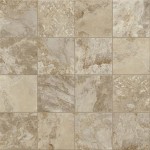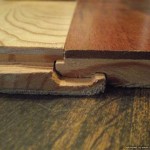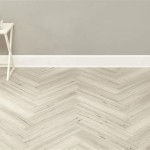Basement vinyl flooring is an attractive, durable, low-maintenance option for any basement. It is waterproof, easy to clean, and often comes in a variety of colors and patterns. But that’s not all – vinyl flooring has many other benefits that make it a great option for basement floors. In this guide, we’ll cover the basics of basement vinyl flooring, the different types available, installation tips, and more.
What is Basement Vinyl Flooring?
Basement vinyl flooring is a type of flooring material that is made from PVC (polyvinyl chloride). It is a synthetic material that is waterproof, durable, and easy to maintain. Vinyl flooring is available in a variety of colors, patterns, and textures, making it easy to customize the look of your basement. It is also relatively inexpensive, making it a great option for budget-conscious homeowners.
Types of Basement Vinyl Flooring
There are two main types of basement vinyl flooring: sheet vinyl and luxury vinyl plank (LVP). Sheet vinyl is a single sheet of vinyl material that is cut to fit the size of the basement floor. It is easy to install and often comes in a variety of colors and patterns. Luxury vinyl planks are individual pieces of vinyl flooring that are installed like wood flooring. They are more expensive than sheet vinyl, but they are more durable and easier to repair if necessary.
Benefits of Basement Vinyl Flooring
Basement vinyl flooring has many benefits, including:
- Waterproof – Vinyl flooring is completely waterproof, making it ideal for basement spaces.
- Durable – Vinyl flooring is very durable and can withstand heavy foot traffic.
- Easy to Clean – Vinyl flooring is easy to clean and maintain, making it ideal for busy households.
- Affordable – Vinyl flooring is relatively inexpensive, making it a great option for budget-conscious homeowners.
- Variety – Vinyl flooring comes in a variety of colors, patterns, and textures, making it easy to customize the look of your basement.
Installation Tips
Installing basement vinyl flooring is relatively straightforward, but there are a few tips to keep in mind:
- Subfloor – Make sure that the subfloor is clean and level before installing the vinyl flooring.
- Seams – Use a seam sealer to seal any seams between the vinyl planks to prevent water from seeping through.
- Adhesive – Use a quality adhesive to ensure the vinyl planks are securely attached to the subfloor.
- Grout – Use a waterproof grout to fill any gaps between the vinyl planks.
- Edges – Use a vinyl edge trim to seal the edges of the vinyl planks and prevent water from seeping through.
Maintenance and Care
Basement vinyl flooring is easy to maintain and care for. To keep your vinyl flooring looking its best, vacuum or sweep regularly to remove any dirt or debris. Wipe up any spills immediately with a damp cloth. Avoid using abrasive cleaners or scrubbing too hard, as this could damage the vinyl flooring.
Conclusion
Basement vinyl flooring is an attractive, durable, and low-maintenance option for any basement. With a variety of colors, patterns, and textures available, it is easy to customize the look of your basement. And with its waterproof qualities and easy maintenance, vinyl flooring is a great choice for busy households. So, if you’re looking for a budget-friendly, low-maintenance basement flooring option, consider vinyl flooring.















Related Posts


